Earth-shaking new products, prototypes, experiences and immersions with our new Wallpaper* Moonshots Division
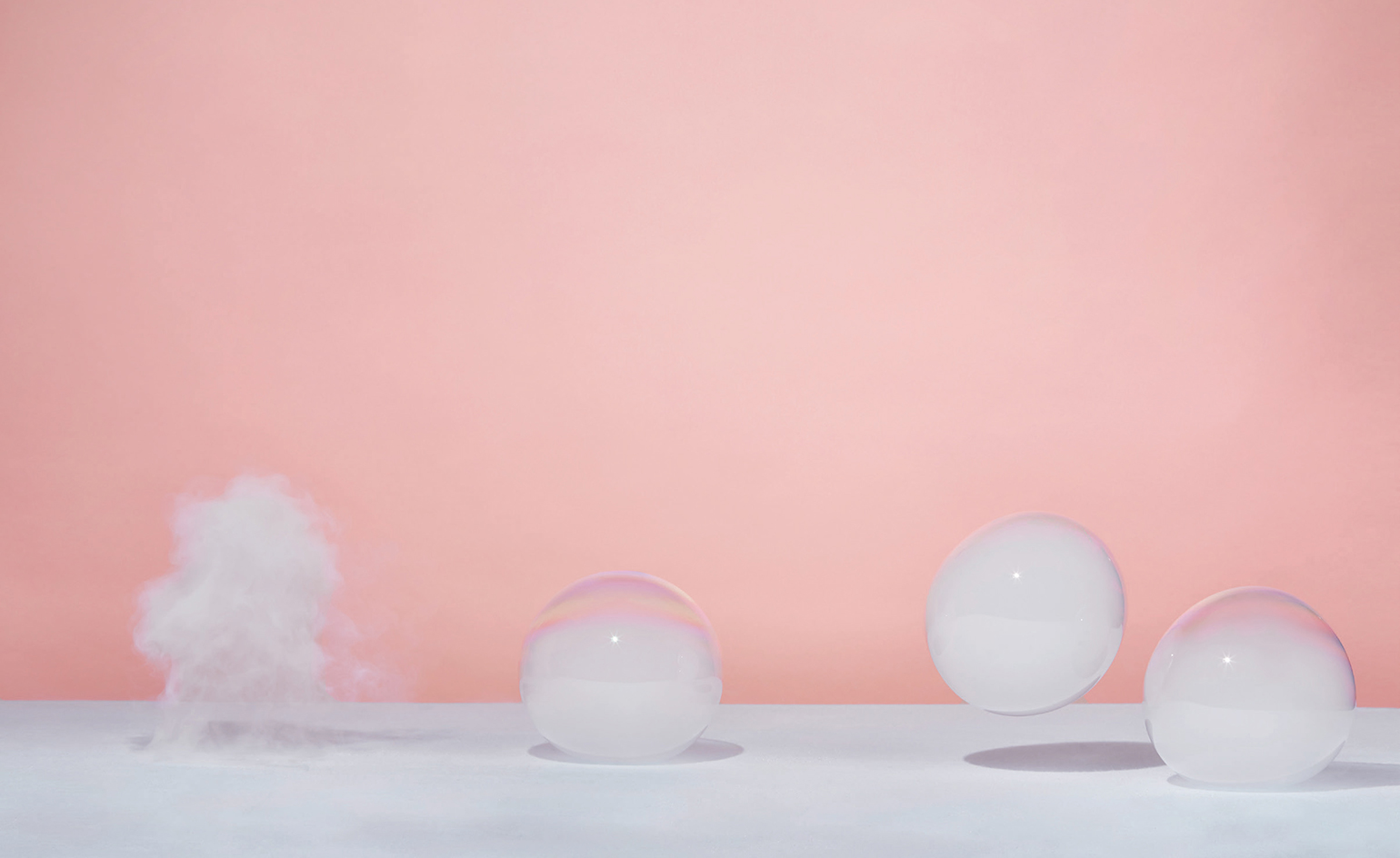
Daan Roosegaarde is a tall, exuberant man with big exciting ideas (the Dutch often are). Since establishing his design studio in Rotterdam a decade ago he has created energy-neutral street lighting, energy-generating kites, an on-demand aurora borealis to illustrate the threat of rising water levels and, most famously, a smog-sucking tower. His latest mission is to dam or divert orbiting streams of space trash; 29,000 satellite bits and rocket pieces which, if left unchecked, threaten to block escape routes out of the earth’s atmosphere. Or at least wipe out your wi-fi for a good while.
In October his studio launched Space Waste Lab, the first move in a long-term effort to take down, or better up-cycle, as much of this orbital junk as possible. Like all of Roosegaarde’s projects, Space Waste Lab’s opening gambit – a spectacular display of high-powered LEDs tracking orbiting junk is an alert and call to arms. His studio is dedicated to speculations, prototypes and provocations, spectacle designed to galvanise (and certainly not the gazzilionenth re-iteration of an everyday object). This isn’t though showmanship selling high ideals and sloppy science. Roosegarde is clear that much of his team’s work is done in collaboration with academics and research scientists. The aim isn’t to get product trundling off production lines or keep craftsmen busy – though this may happen – but to change thinking and policy, at the highest level or every level that matters.
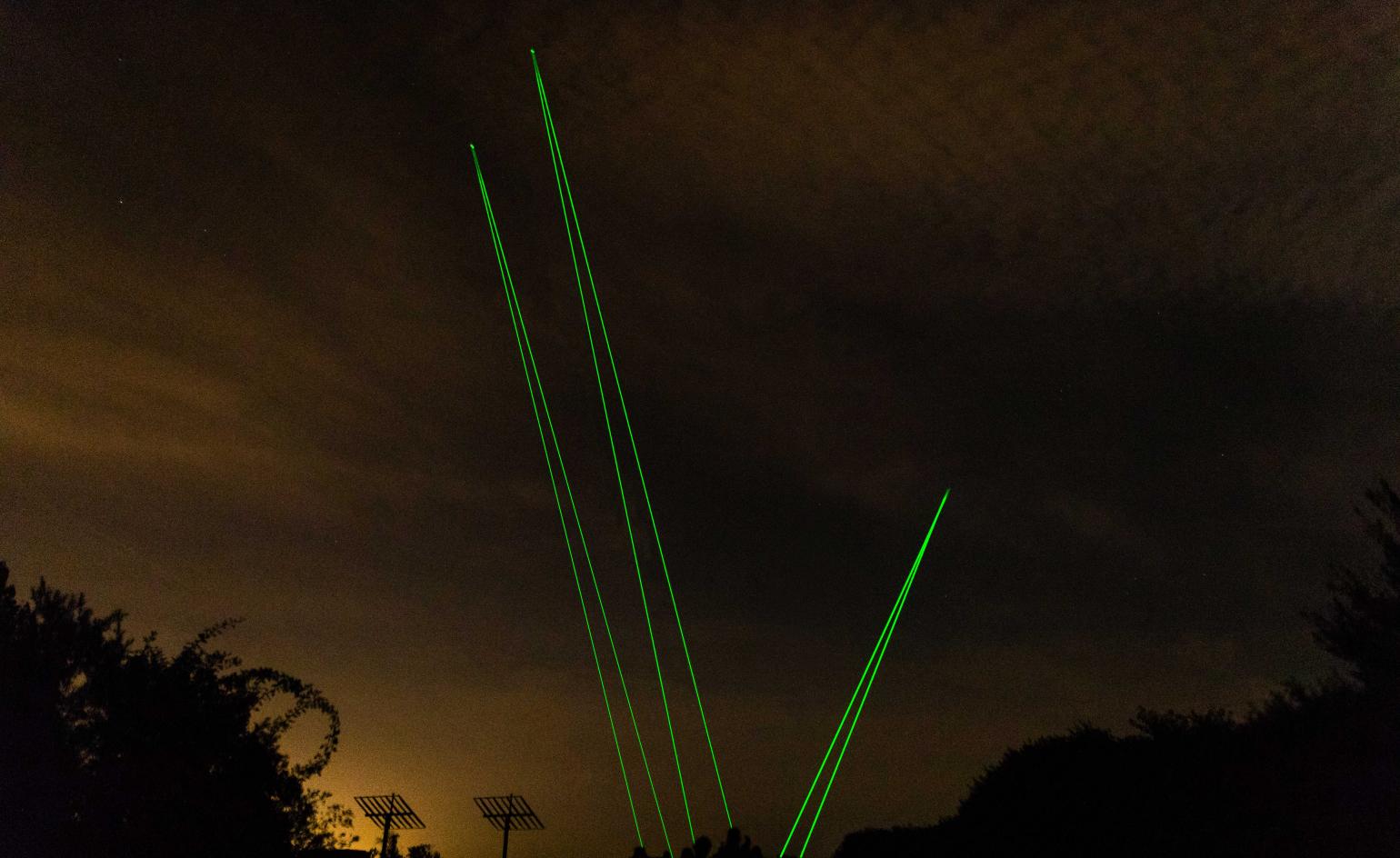
Installation view of Space Waste Lab, by Studio Roosegaarde
Roosegaarde calls what he does ‘technology-driven social design’ or ‘problem solving in the material world’. And he is adamant that a design studio is exactly the right tool to tackle existential crisis, creeping doom or system failure on a grand scale because these are fundamentally design problems.
You could also call Studio Roosegaarde a ‘moonshot’ operation. Since President Kennedy challenged America’s brightest and best to shoot a man to the moon (and get him back again), ‘moonshot’ has become a catch-all term for any project of vaulting ambition and (though not always) honourable intent. Over the last half-decade it has been more closely associated with X, Google’s (more properly Alphabet’s) highly secretive moonshot factory.
X defines a Moonshot project as an effort to address a huge problem, proposing a radical solution and using breakthrough but not unfeasible technologies. (In some ways you can see it as a counter-force to the armies of young technologists who have dedicated themselves to devising smarter ways of delivering pizzas or disrupting the mattress market. And given the tech sector a bit of bad rep in the process).
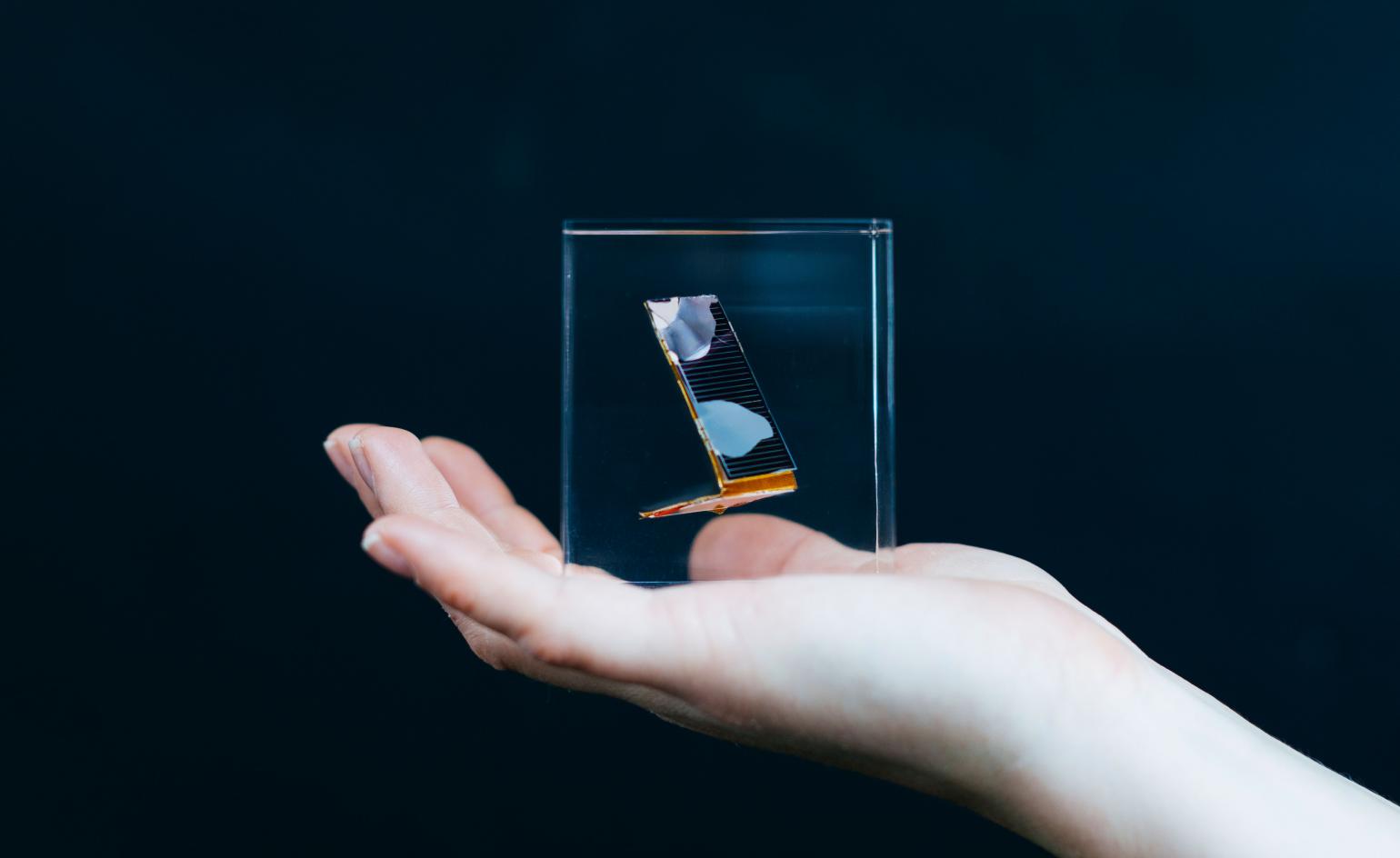
Studio Roosegaarde’s Space Waste Lab considers orbiting pollution that surrounds the Earth
A moonshot project is not, at least in the short-term, interested in huge profits. Long-term economic viability though is crucial and X will shut down any project that has no chance of some kind of commercial future, however noble the ideal (plunging oil and gas prices meant the plug was pulled on a plan to turn seawater into fuel. Roosegaarde too understands the importance of commercial viability. He is already talking to one of the two tech titans, who have a clear interest in keeping the spaceways clear. Both Elon Musk and Amazon’s Jeff Bezos operate rocket launch services. He is also talking to representatives of the Luxembourg government who are keen to stake their claims in the space-mining gold rush, should it happen).
Founded in 2010, and headed by ‘Captain of Moonshots’ Astro Teller, X looks at 100s of ideas a year, all considered by what Derek Thompson, writing in The Atlantic magazine, called a ‘Justice League of nerds’; scientists and engineers but also academics, policy wonks and professional thinkers of all sorts. Teller and his team make clear that the success of any of X’s projects is based on asking the right questions, and a range of different right questions, from the outset. In this way they hope to compact invention and innovation, often different processes that happen in different places, in a single project. It is, as Thompson suggests, a ‘new model of radical creativity’.
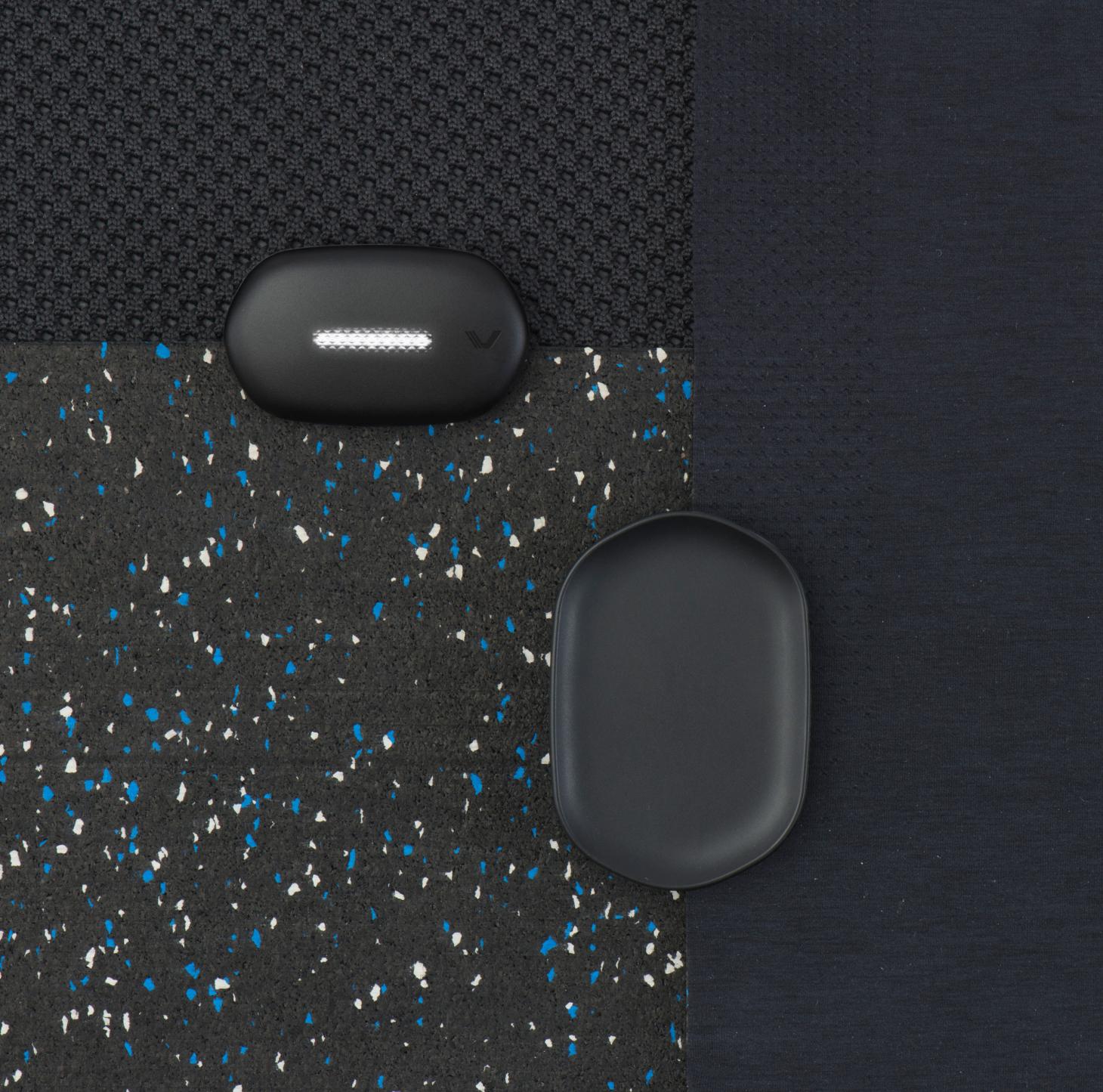
Earlier this year, Benjamin Hubert’s studio Layer Design revealed PLAYR, an elite fitness tracking wearable for footballers
Of course, we like to imagine that radical creativity is our stock-in-trade. So earlier this year we decided to launch our own particular kind of moonshot division. And while we might not have access to the huge cash stockpiles that Alphabet has to back X, we do have the ear of the world’s best and brightest designers, architects and artists. And a belief that they are exactly the people who might ask the right kind of questions and address our biggest problems as design problems. The plan was, and is, to connect them with tech companies, startups, research scientists and see if we can come up with our own prototypes and speculations. What is clear is that there is no lack of appetite for taking on the biggest of pickles – sustainability, waste and environmental protection and repair, saner cities and infrastructure, public health and health care provision, access to education, transport and mobility. Or for engaging with new and emerging technologies that might provide some of the answers. Far from it. What there is, as Benjamin Hubert of Layer Design, has it ‘huge barriers to entry’. Different ways of working, talking, rhythms and methods. And Hubert, whose advise has been invaluable in the early stages of establishing the Wallpaper* Moonshots Division, knows what he is talking about.
Layer, his sustainability-centric industrial design agency, has worked with Samsung, Braun and created wearables to track carbon use, amongst other things. Layer Lab, the company’s research division, was set up in 2016 to investigate new technologies and materials and is behind a made-to-measure 3-D printed wheelchair.
For our part, we are convinced that their important conversations to be had, questions to be asked. Our moonshots division, Roosegaarde and Hubert included, is very much is in its early stages. Connections still need to be made, problems pin-pointed. But we are determined to launch and land in Milan during next year’s Salone as part of the tenth edition of our Handmade exhibition, tagged X (see what we have done there). We hope to bring not just product and prototypes but experiences and immersions. There will be spectacle and entertainment. For now, onwards and upwards. §
A version of this story originally featured in the November 2018 issue of Wallpaper* (W*236)
INFORMATION
Studio Roosegaarde’s live Space Waste Lab performance can be visited after sunset, 9-10 November 2018, 7-8 December 2018, and 18-19 January 2019 at KAF in Almere, The Netherlands. For more information, visit the Studio Roosegaarde website
Wallpaper* Newsletter
Receive our daily digest of inspiration, escapism and design stories from around the world direct to your inbox.
-
 Marylebone restaurant Nina turns up the volume on Italian dining
Marylebone restaurant Nina turns up the volume on Italian diningAt Nina, don’t expect a view of the Amalfi Coast. Do expect pasta, leopard print and industrial chic
By Sofia de la Cruz
-
 Tour the wonderful homes of ‘Casa Mexicana’, an ode to residential architecture in Mexico
Tour the wonderful homes of ‘Casa Mexicana’, an ode to residential architecture in Mexico‘Casa Mexicana’ is a new book celebrating the country’s residential architecture, highlighting its influence across the world
By Ellie Stathaki
-
 Jonathan Anderson is heading to Dior Men
Jonathan Anderson is heading to Dior MenAfter months of speculation, it has been confirmed this morning that Jonathan Anderson, who left Loewe earlier this year, is the successor to Kim Jones at Dior Men
By Jack Moss
-
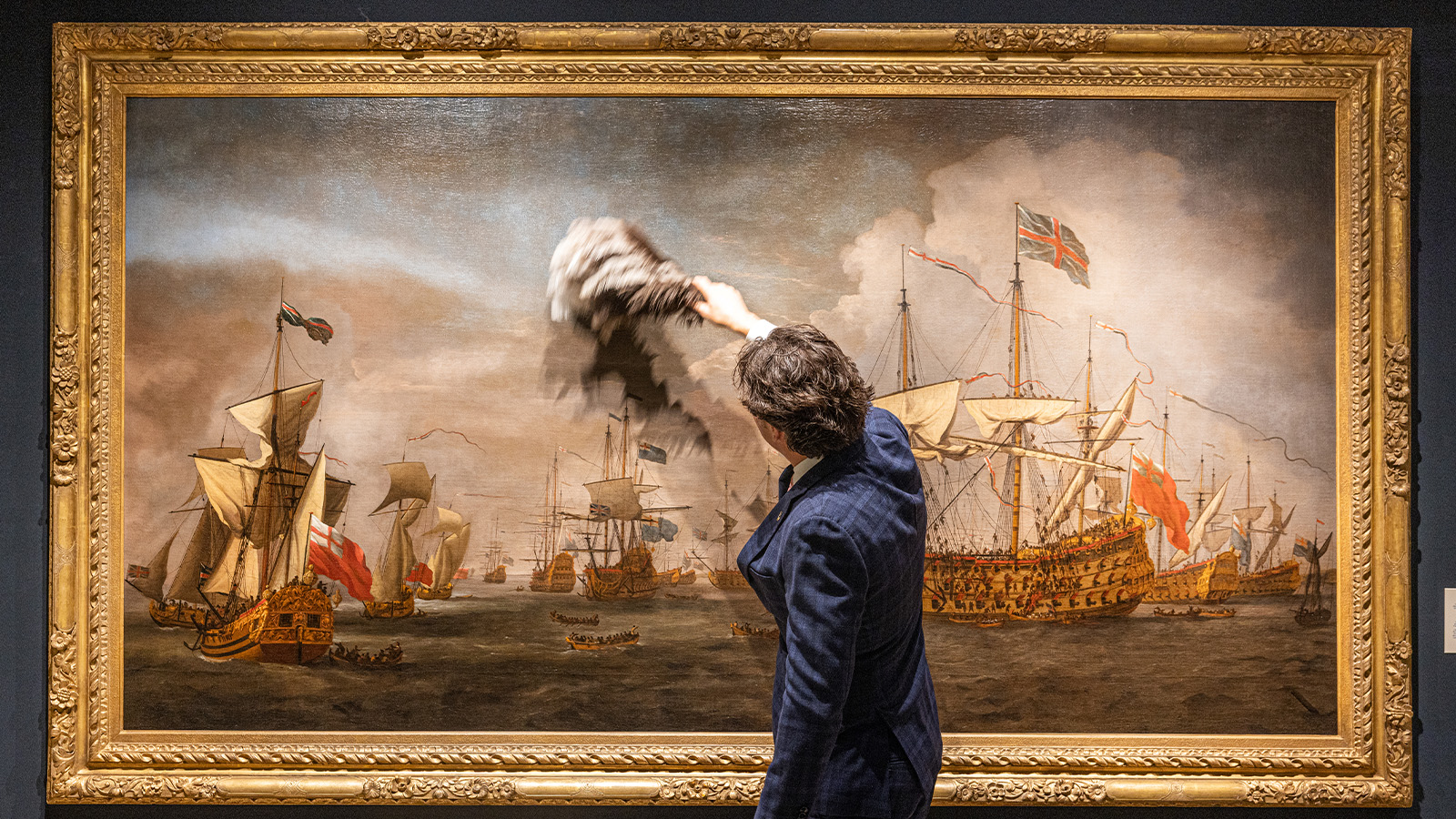 TEFAF Maastricht 2025 is a brush with wonderfully niche art, design and antiquities
TEFAF Maastricht 2025 is a brush with wonderfully niche art, design and antiquitiesWhat we saw and loved at TEFAF Maastricht 2025 (on until 20 March), from surrealist Claude Lalanne’s daybed and Ancient Egyptian jewellery
By Harriet Quick
-
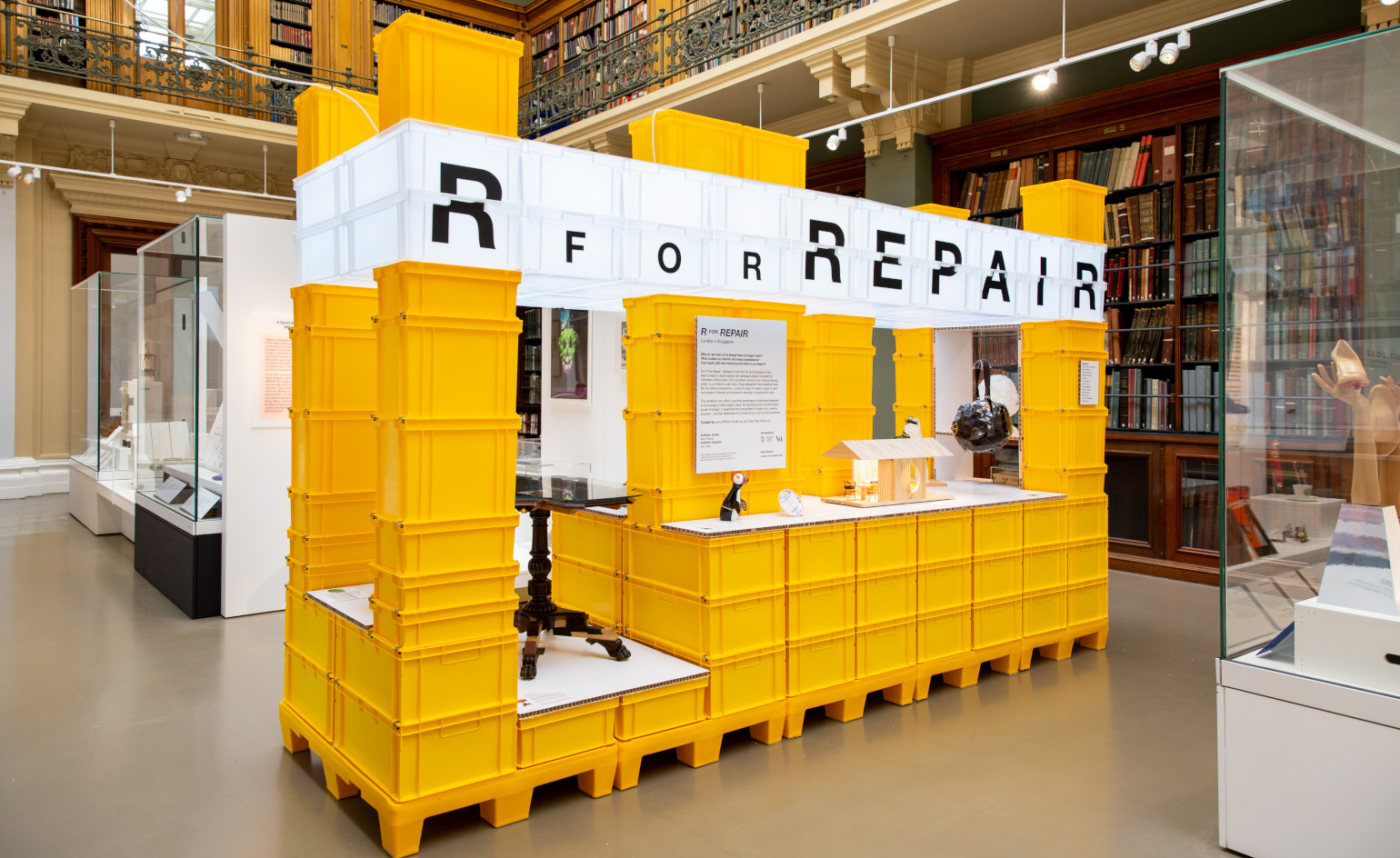 ‘R for Repair’ at London Design Festival displays broken objects, re-formed
‘R for Repair’ at London Design Festival displays broken objects, re-formedIn the second half of a two-part exhibition and as part of London Design Festival 2022, ‘R for Repair’ at the V&A displays broken objects, re-formed
By Martha Elliott
-
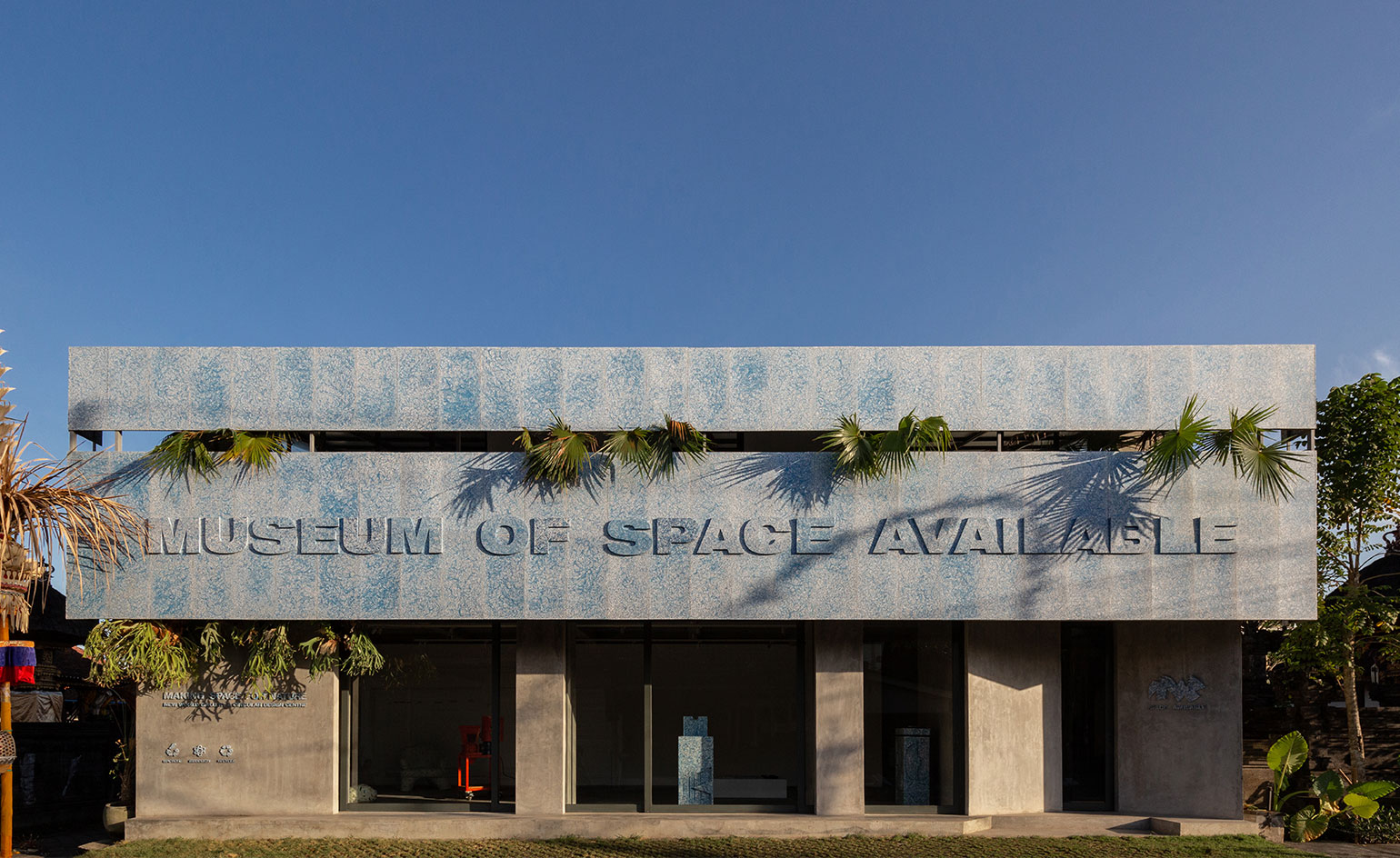 Inside Bali’s new Circular Design Workspace
Inside Bali’s new Circular Design WorkspaceAt Museum of Space Available in southern Bali, creative director Daniel Mitchell reimagines the possibilities of plastic waste
By Chris Schalkx
-
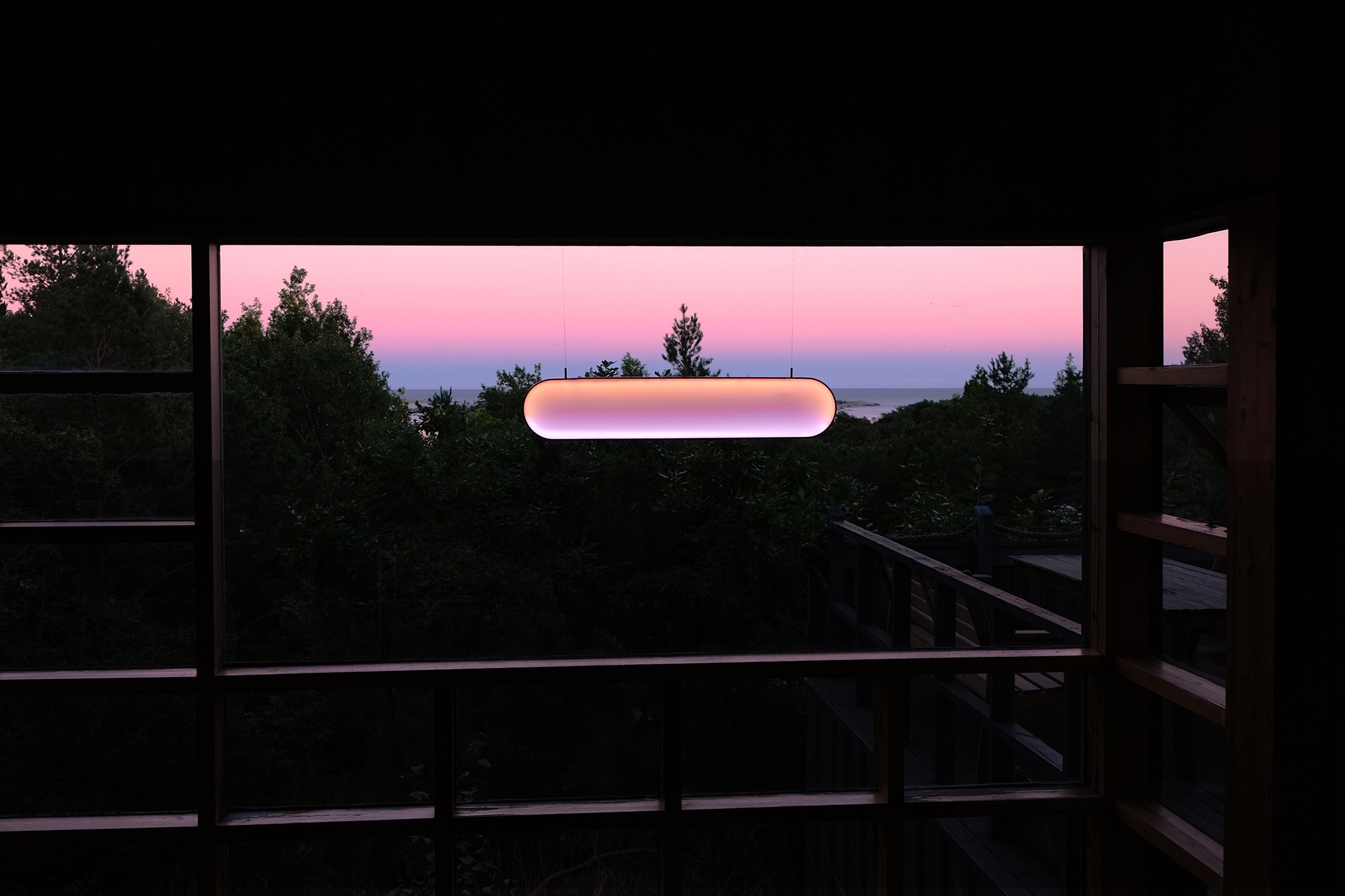 Solar light and modular cabin win Life-Enhancer of the Year: Wallpaper* Design Awards 2022
Solar light and modular cabin win Life-Enhancer of the Year: Wallpaper* Design Awards 2022Marjan van Aubel's ‘Sunne’ solar light and the Space of Mind cabin, by Studio Puisto, Made by Choice and Protos Demos, are the joint winners of this year's Life-Enhancer category
By Rosa Bertoli
-
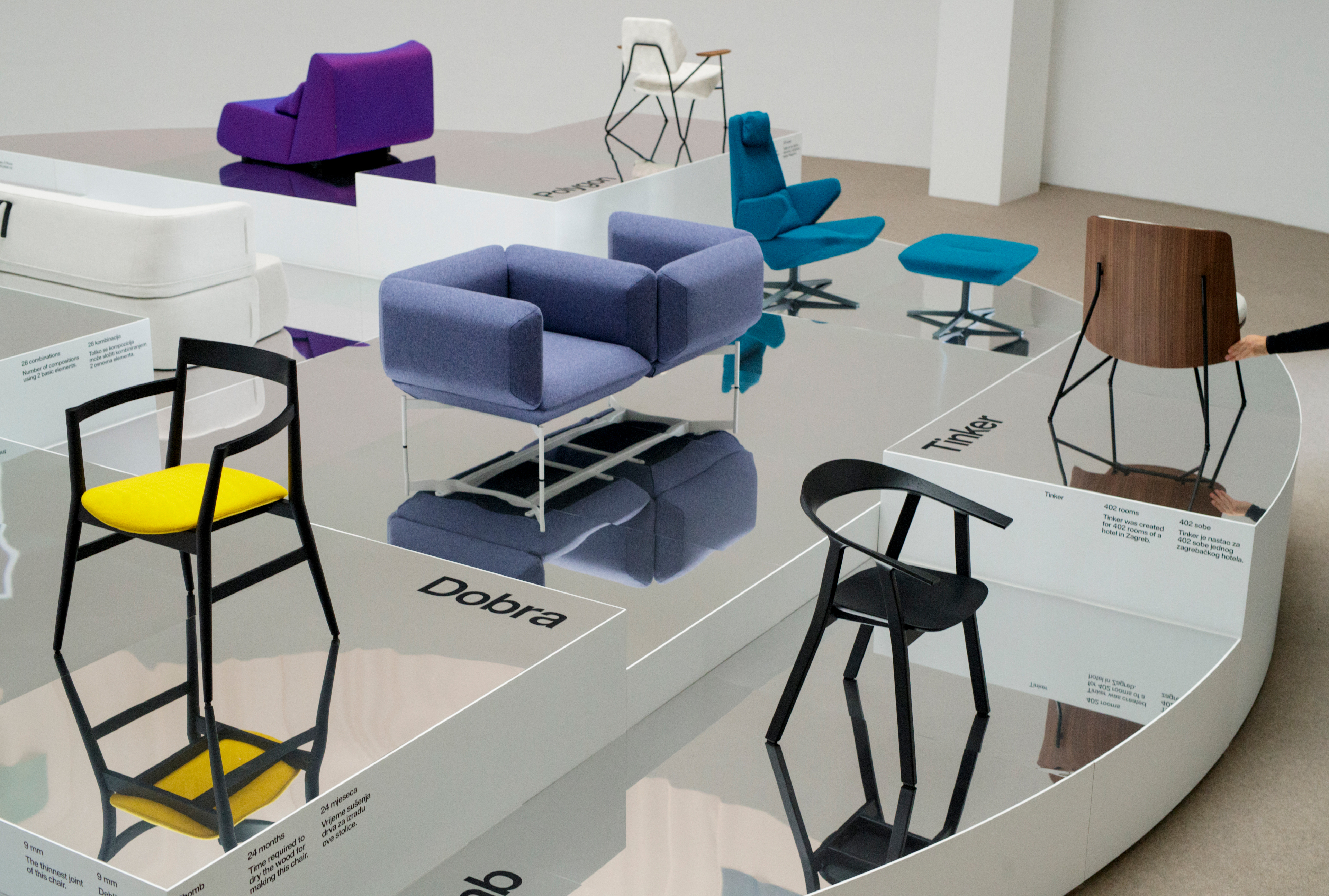 Prostoria celebrates its modernist roots and a decade of design
Prostoria celebrates its modernist roots and a decade of design‘Prostoria 10’ is a project marking the Croatian furniture brand’s ten years and its connection with Zagreb’s rich modernist architectural legacy
By Simon Mills
-
 Design Museum exhibition puts waste front and centre
Design Museum exhibition puts waste front and centre‘Waste Age: What Can Design Do?’ at the Design Museum, London (until 20 February 2022), presents design’s proposals and solutions to the issue of waste
By Rosa Bertoli
-
 Best of Dutch Design Week 2021
Best of Dutch Design Week 2021After a virtual edition, Dutch Design Week is back for 2021 (until 24 October) with a physical showcase of creative talent across the city of Eindhoven celebrating the design event’s 20th anniversary
By Rosa Bertoli
-
 Ten years of Muller Van Severen, at Design Museum Ghent
Ten years of Muller Van Severen, at Design Museum GhentA new exhibition by Belgian design duo Muller Van Severen (until 6 March 2022) features a retrospective of the studio’s ten years as well as a curation of pieces from the Design Museum Ghent collections
By Rosa Bertoli